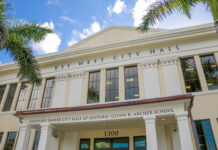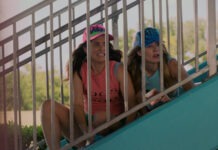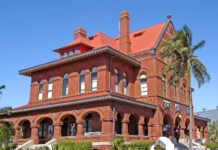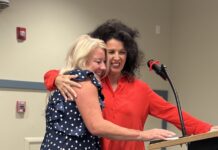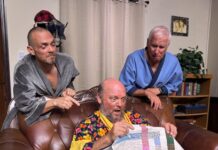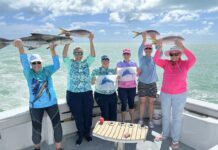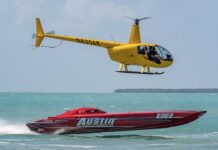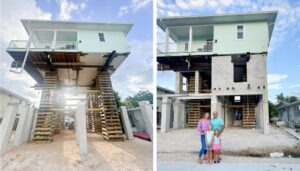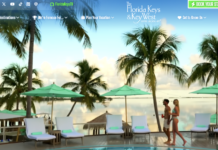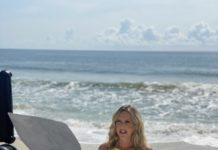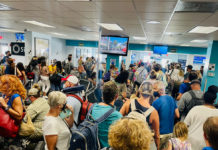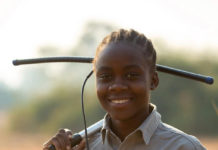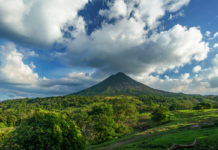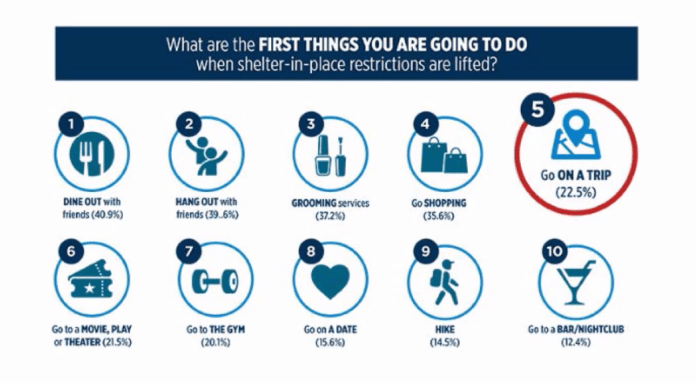
After 18 months of record-breaking hotel occupancy and other soaring tourism statistics, the Florida Keys’ tourism-dependent economy ground to a halt on March 17, when hotels, attractions and most other businesses closed due to the coronavirus pandemic.
“We’re now entering the longest period of no tourism that we’ve ever experienced,” Tourist Development Council Director Stacey Mitchell said on May 12 in meetings with the five District Advisory Committees (DACs) in the Keys that determine how bed tax revenues from hotels and other lodging establishments within those districts will be spent to promote events and improvement projects.
Mitchell said the TDC is facing more than a $13 million deficit this year.
“The impacts of this pandemic are being felt wider and deeper than initially anticipated, and the extended mental health toll remains undetermined,” Mitchell said. “We need to get people working again, but we also need to balance that with the health of both our residents and visitors. Every other destination in Florida is open for business; we’re not. We have to remain dark until we can reopen, but the marketing field for tourism will be crowded. No one knows what the future holds. We don’t even have a date for when we can reopen.”
At each DAC meeting, the TDC’s market research director, Kelli Fountain, presented some of the travel industry’s expectations about trends going forward in the wake of the pandemic. Fountain had compiled several statistics from various travel surveys and industry sources.
There is some good news for the Florida Keys with regard to what travelers will want when they’re once again free to roam the country.
“Sixty-eight percent of travelers reported that they miss taking vacations, and in a bit of good news for the Florida Keys, the majority are reporting that they’ll want to vacation in a beach-and-resort sort of destination,” Fountain said, adding that nearly 50% of travelers surveyed said they will avoid crowded destinations, air travel and cruise ships for awhile.
“People don’t want to be too close to others, or on an airplane,” Fountain reported. “Younger travelers will likely take more road trips while avoiding air travel, and travelers aged 50 to 64 seem to be the least concerned about the virus.”
Tourism officials will target Keys advertising on the “drive-down markets,” for people who can get here by car, and economy and mid-scale hotel properties are likely to recover first, with luxury properties taking longer to come back, Fountain said.
Then, representatives from Tinsley Advertising unveiled their revised advertising plans in light of the pandemic.
John Underwood from Tinsley told the DAC members that the agency is preparing a phased advertising approach that includes an early message of, “The Keys are closed to visitors, but keep us in mind.” The later phases will kick in once a reopening date has been announced and will target various demographics of travelers with emphasis on those in the drive-drown markets as far north as Nashville, Underwood said.
DAC II in the Lower Keys, excluding Key West, voted to move $100,000 to its emergency response fund that will allow for quick expenditures. Committee member Bobby Mongelli said he’d like to see the committee put a freeze on funding any capital projects “until we get out of this thing.”
The committee has about $565,000 available for advertising in District II and agreed to earmark all available funds for advertising.
The TDC will ask the County Commission next week to delay applications for capital projects until December rather than the usual July review date.
DAC III of the Middle Keys had about $800,000 in its regular capital fund and $75,000 in its capital resource disaster account. The latter funds brick-and-mortar projects for nonprofits and municipalities after a natural disaster such as a hurricane, but not a pandemic. Neither account can be moved out of the capital budget to use for, say, advertising, but members of the DAC III agreed to bring the balance of the disaster fund up to $375,000 and leave the remainder in the regular capital fund.
Rita Irwin advised the board that pre-Irma, that account stood at $146,000 and ran out fast. “It was the first money available to the nonprofits, and it helped,” she said.
DAC I in Key West, which typically has the most money in its accounts due to the number of hotel rooms on the island, was still meeting as of presstime Wednesday.
The TDC’s District Advisory Committee IV, which covers Islamorada, decided to take $50,000 out of its events budget for advertising resources. That leaves just over $890,000 for advertising and $85,000 for events next year.
DAC member Stephanie Scuderi, who’s market president for Centennial Bank, said she doesn’t know that a big push to get everybody back for events in the first quarter of 2021 is realistic.
“I don’t think people have the appetite for that,” she said.
Mitchell said there’s uncertainty over what the consumer reaction will be when it comes to gathering. More than likely, she said events and large gatherings will be looked at with suspicion and not widely attended, if at all.
“I want everyone to realize that next fiscal year we have to establish the destination as a safe place to get away.”
DAC V, which covers Key Largo, has $1.3 million in its advertising budget for next year.
Justin Andrews, DAC V member and owner of Capt. Craig’s, wanted to see some money for events, as people will be looking for something to do when they’re able to return to a normal life.
“They’ve been cooped up for months,” he said. “I wish we had more money. I wish we could be bringing revenue now, but it’s not happening.”
Suzanne Holmquist, DAC V member and owner of Calypso Watersports & Charters, said she couldn’t vote to keep money in the events budget for large crowds to convene.
